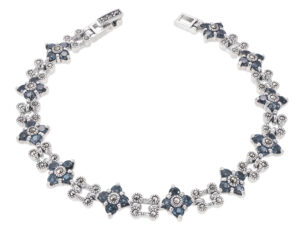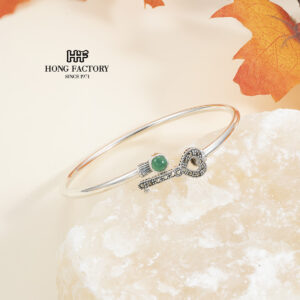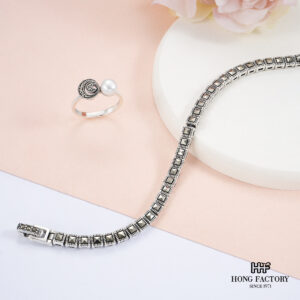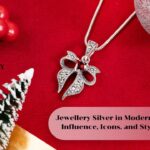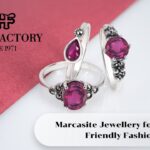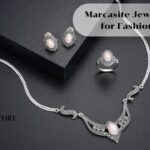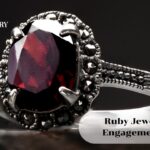When working with a manufacturer or design partner on made-to-order (MTO) jewelry, clear communication is everything. Unlike ready stock items, custom designs require precision, planning, and partnership. A vague email or misunderstood sketch can lead to costly errors, delays, or products that don’t align with your brand vision. Here’s how to effectively communicate your design requirements to ensure that your made-to-order jewelry is delivered exactly as you imagined on time and within budget.
How to Communicate Design Requirements for Made-to-Order Jewelry
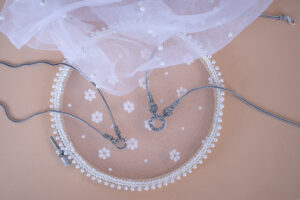
Start with a Clear Creative Brief
A strong design begins with context.
Include in your brief:
- Collection name or theme
- Target customer profile
- Intended use (casual, bridal, statement, daily wear)
- Reference images or mood boards
Why it matters: Helps the manufacturer understand the design purpose, tone, and style direction.
Specify Product Type and Function
Be specific about what the product is and how it’s worn.
- Is it a ring, pendant, bracelet, or cuff?
- Should it be adjustable or fixed size?
- Is it unisex or gender-specific?
- Will it require matching pieces (e.g., earring sets)?
Clarity up front prevents assumptions.
Provide Technical Drawings or CAD References
If you have access to CAD files or sketches, include them.
- Mark dimensions (length, width, depth)
- Indicate settings (bezel, prong, channel)
- Show engraving or texture placement
Tip: If you’re not a designer, request a CAD rendering after your brief to ensure alignment.
Define Materials and Finishes
List every component with detail:
- Base metal (925 silver, brass, stainless steel)
- Plating type and color (rhodium, gold vermeil, matte, high polish)
- Gemstones (type, cut, color, origin)
- Settings (number of stones, sizes, arrangement)
Include photos or physical samples for color reference.
Communicate Sizing and Adjustability
Differentiate between standard sizes and special requests.
- Ring sizes in US/UK/EU scale
- Bracelet/chain lengths (in inches or cm)
- Adjustable components (extender chains, open-back rings)
Note: Confirm if molds will be reused across sizes.
State Branding and Packaging Requirements
If you need branded touches, be specific:
- Logo placement (engraved, stamped, lasered)
- Hang tags or barcodes
- Branded pouches, boxes, inserts
Include dielines or packaging templates if needed.
Outline Your Timeline and Production Phases
Set expectations clearly:
- Sampling lead time
- Feedback windows for CAD or prototypes
- Production lead time
- Final delivery and shipping buffer
Build in extra time for revisions and adjustments.
Confirm MOQ and Pricing Structure
Be transparent about your target quantities and budget.
- Minimum order quantity per SKU
- Tiered pricing based on volume
- Sampling or mold fees
Ask for quotes upfront to prevent surprises.
Use a Shared Format for Communication
Avoid miscommunication by standardizing file delivery and feedback.
- Use shared documents or folders (Google Drive, Dropbox)
- Submit feedback in writing with visuals
- Reference version numbers for CAD updates
Tip: Keep a running “master spec” document that tracks changes.
Schedule Regular Checkpoints
Don’t wait until production is complete to review progress.
- Set dates for sample review and approvals
- Request production photos before finalizing
- Confirm final QC checks with your partner
Consistency prevents costly last-minute issues.
Precision Builds Partnership
Designing made-to-order jewelry is a collaborative process that thrives on clarity, visuals, and structured communication. When you provide specific, consistent, and well-documented design requirements, you empower your manufacturer to deliver with excellence.
Every detail counts because in custom jewelry, the smallest miscommunication can lead to the biggest disappointment.
And when you get it right? You don’t just create beautiful pieces.
You create trust and long-term success.

